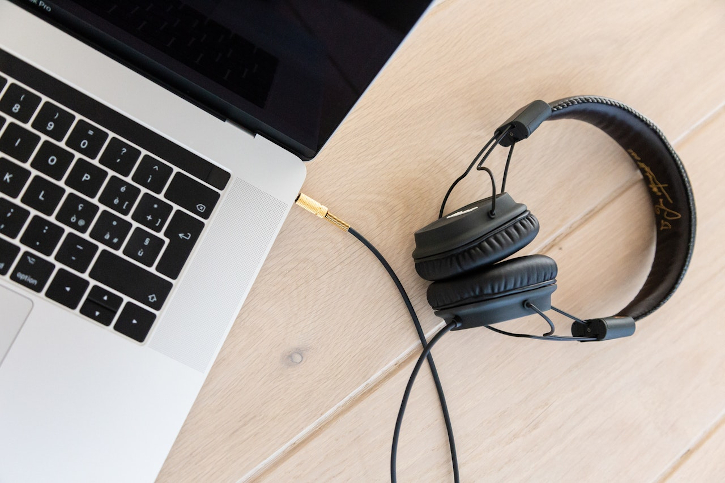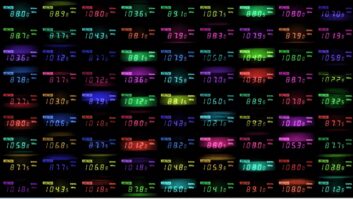The author is membership program director of the National Federation of Community Broadcasters. NFCB commentaries are featured regularly at www.radioworld.com.
The coronavirus pandemic has ground many cities’ schools, businesses and civic life to a complete stop. Don’t tell that to dozens of fierce community radio stations though. They are continuing to bring news, music and togetherness for their isolated residents.
President Donald Trump has extended nationwide social distancing guidelines until April 30. What was once the White House’s “15 Days to Slow the Spread” initiative is now much longer. The administration recommends that Americans avoid gatherings of more than 10 people; work or attend school and other gatherings remotely whenever possible; and avoid eating or drinking at bars and restaurants. Even states like Florida, which had long resisted such orders have come around to this tactic for halting COVID-19.
That is not to say social distancing has been easy. Employment forecasts are looking dour. Families have had to adjust. And, importantly, our own sense of community is affected by being largely removed from what we traditionally know of where we live.
[Read: Community Broadcaster: COVID-19’s Threat to Community Radio]
For community broadcasters, the coronavirus pandemic has also been hard. Scores of college and community radio stations have been impacted by the choice of licensees to protect people and facilities. Some stations have many volunteers in vulnerable populations. Some managers have felt the risk of spreading the illness is too great and opted for full automation. All of these decisions are fair and appropriate. Such calls are rooted in local conditions. There is absolutely no shame in siding with safety.
When community radio stations can balance out health concerns and continue to broadcast their brand of unique programming, it is remarkable.
 The New York Times chronicled a range of community radio stations fighting to stay on the air during the coronavirus pandemic, including WFMU, WWOZ and WOMR. But they are far from the only community radio stations doing all they can to continue despite COVID-19. WORT, KPFZ, KDNK, KEXP and WMPG are just a few of the stations delivering a variety of broadcasts involving in-studio volunteers, remote recordings, and other formats.
The New York Times chronicled a range of community radio stations fighting to stay on the air during the coronavirus pandemic, including WFMU, WWOZ and WOMR. But they are far from the only community radio stations doing all they can to continue despite COVID-19. WORT, KPFZ, KDNK, KEXP and WMPG are just a few of the stations delivering a variety of broadcasts involving in-studio volunteers, remote recordings, and other formats.
Their approach may be best framed by General Manager Jessica Evett, whose KRBX is also on the air. She said, “Music has the power to provide a shelter from stress, and we know our DJs and their playlists are a soothing influence that make us all feel closer, despite being apart.”
Ingenious radio stations have created many schema on the fly. Whether it is programming produced at home and uploaded directly to automation, shared via Dropbox, or dialed-in to the live studio, the solutions are as varied as the stations themselves. Unfortunately, several stations have been forced to develop a means to continue broadcasting quickly, because they did not have contingencies. Yet they continue to do admirable programming in a time when they are much needed.
The moment has offered plenty of innovations. For example, KVRU(LP) created coronavirus education announcements in many languages. Stations are creating book clubs, doing virtual town halls and more.
The longtime narrative about community radio is one of want. Our reputation is of small staffing, few resources and operating on the edge. Yet in a time of incredible uncertainty, community radio surety has been outstanding. Stations that have managed to keep original programming in spite of the odds deserve much regard for their commitment and service.







